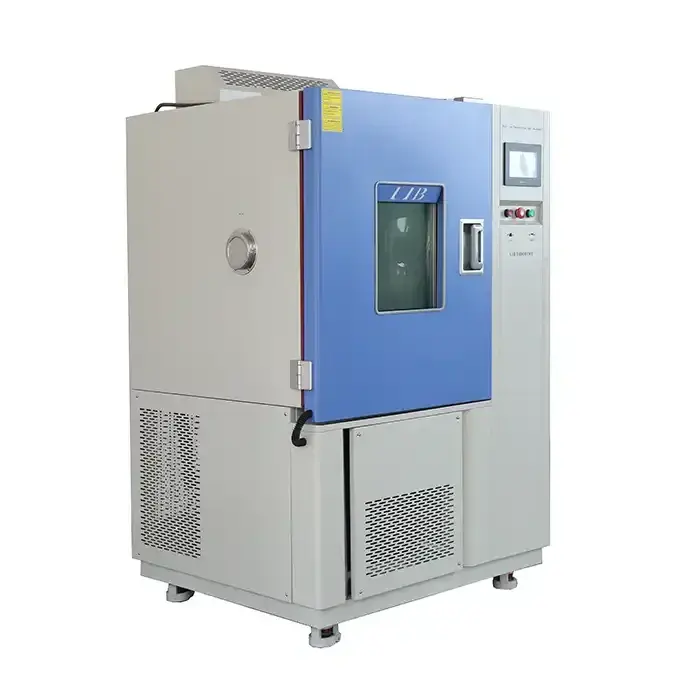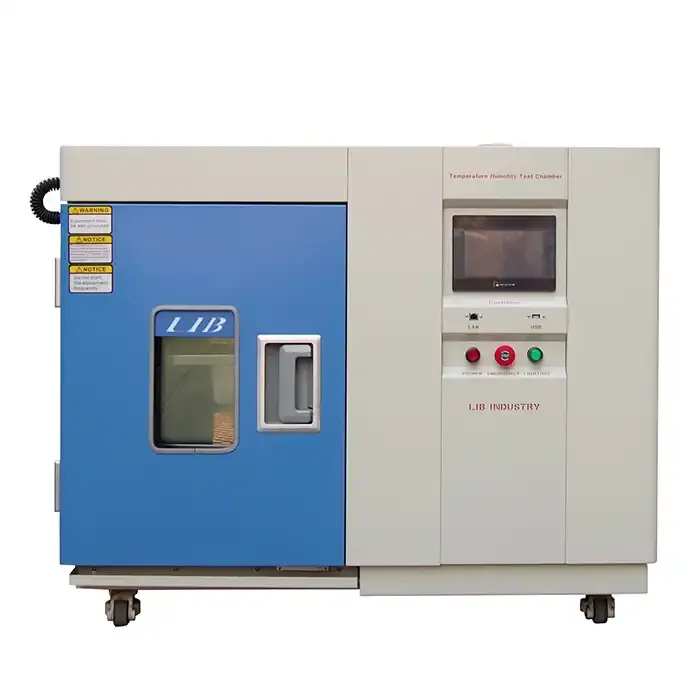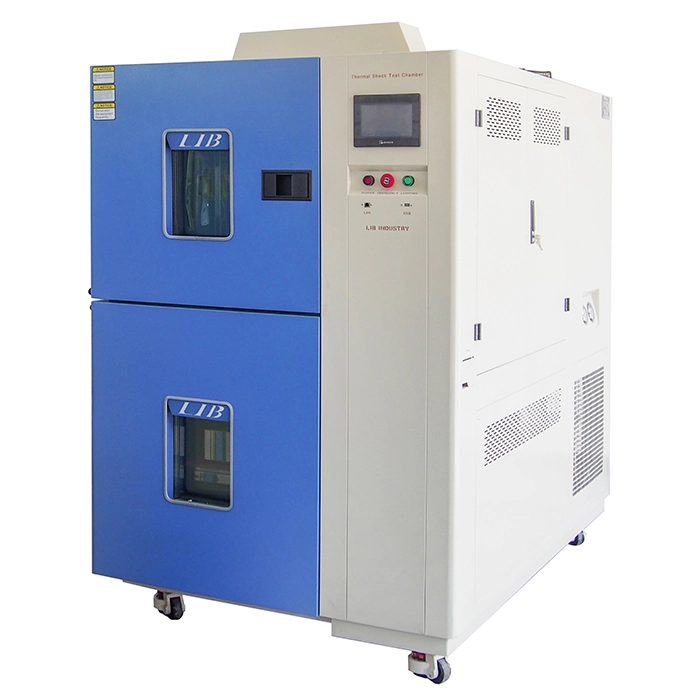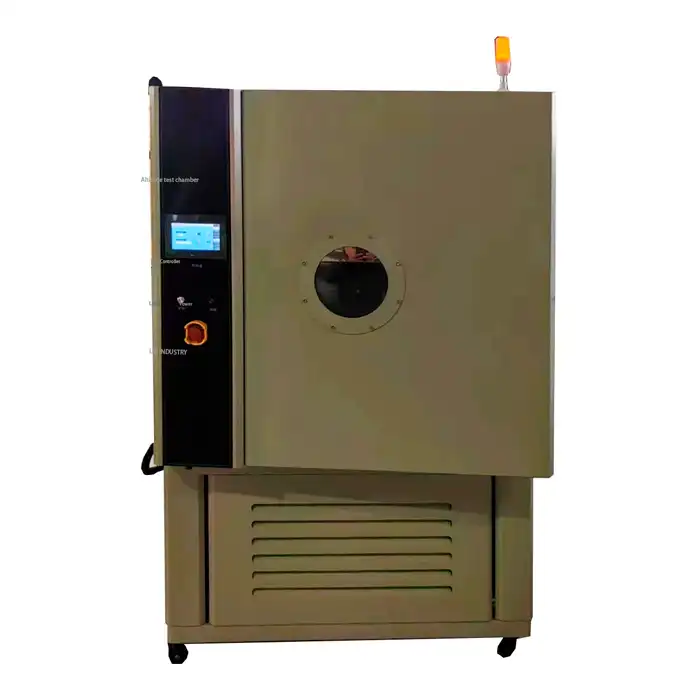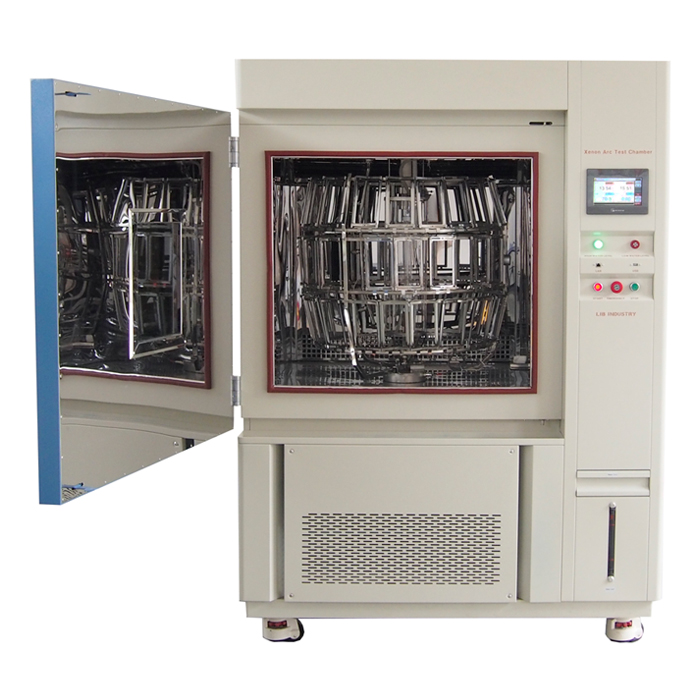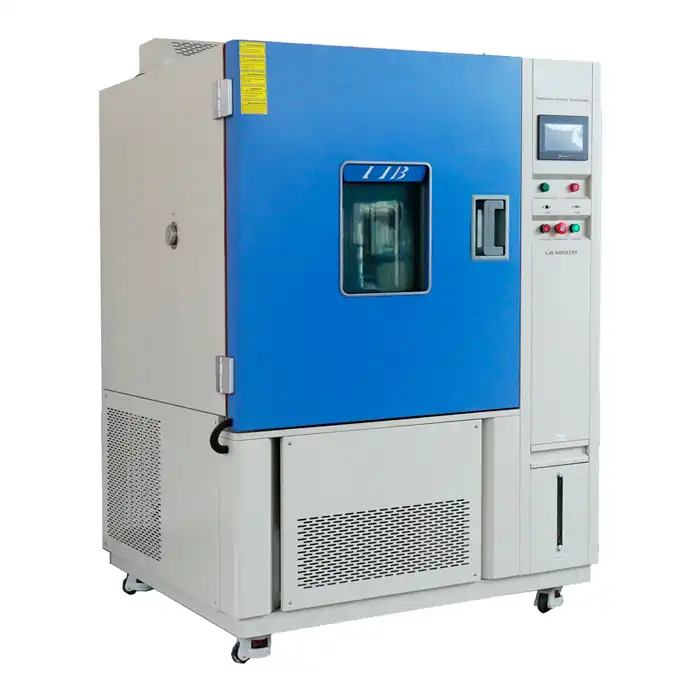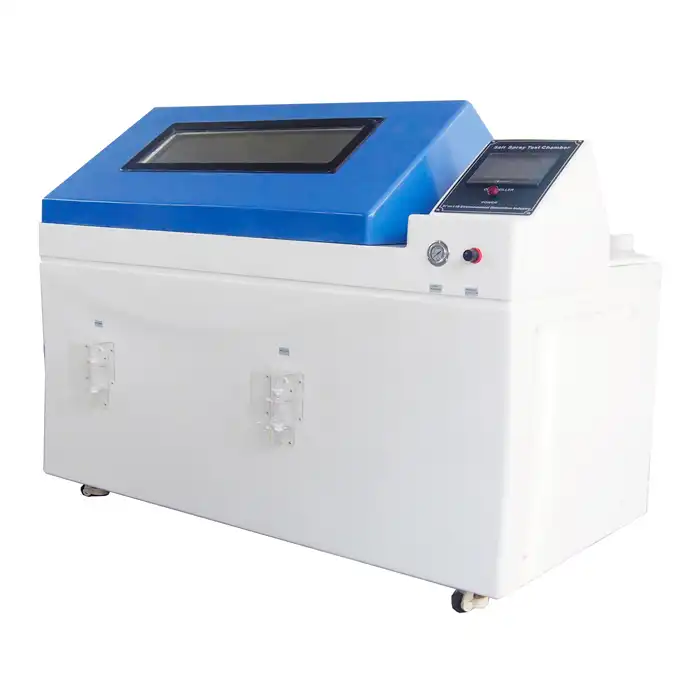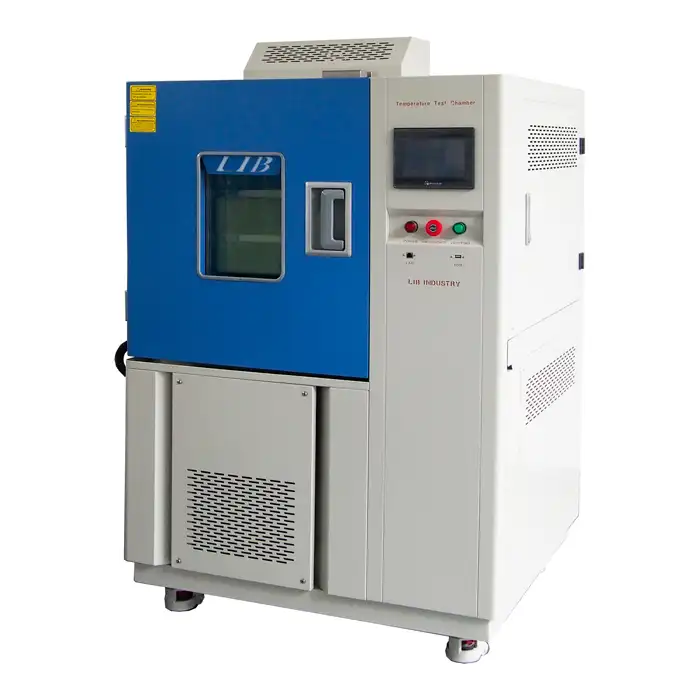What is the standard temperature for calibration?
What is the Standard Temperature for Calibration?
In the field of environmental testing, it is essential to know the standard temperature for calibration. Alignment fills the basic need of ensuring that instruments convey exact and trustworthy estimations, a need for maintaining quality and consistency across different businesses. In addition to discussing the significance of adhering to particular temperature calibration chamber, this article delves into the crucial role that cold temperature test chambers play. These chambers are instrumental in exposing instruments to outrageous virus conditions, mirroring genuine situations to guarantee their dependability under cruel natural circumstances. In addition, legitimate adjustment upgrades the exactness of estimations as well as drags out the life expectancy of gear, in this manner lessening functional expenses and improving in general proficiency in modern cycles.
The Standard Temperature for Calibration
Calibration is a meticulous procedure that involves fine-tuning instruments and comparing their precision to a recognized standard. The determination of a standard temperature for adjustment is dependent upon the specific necessities of the business and the qualities of the hardware under a magnifying glass. For the most part, a predominant decision for adjustment is 20°C (68°F). This temperature is leaned toward for its dependability and controlled nature, which mitigates the effect of outside factors during alignment systems. By directing alignments at 20°C, businesses guarantee consistency and dependability in estimation precision, reinforcing trust in the exhibition of their gear. Additionally, sticking to this standard temperature works with consistence with administrative necessities and quality norms, subsequently supporting consistent activities and ideal execution across different modern applications.
Maintaining a consistent standard temperature during temperature calibration chamber is essential to ensure the accuracy and reliability of measurements. Fluctuations in temperature can lead to deviations in instrument readings, which can compromise the quality of the data obtained. Therefore, precise control of temperature is critical in calibration procedures.
The Role of Cold Temperature Test Chambers
Cold temperature test chambers are vital to the adjustment cycle of instruments, especially those designed for activity in low-temperature settings. Instruments can be subjected to rigorous testing and precise calibration in these chambers, which provide a controlled environment with specific cold conditions. Their importance is articulated in businesses like aviation, auto, and hardware, where the solid presentation of gear in outrageous virus is foremost. By exposing instruments to cold temperature test chambers, makers can approve their usefulness and precision under conditions that reproduce genuine difficulties. This guarantees that instruments fulfill rigid execution guidelines and administrative prerequisites, supporting their unwavering quality and life span in requesting functional conditions. In the end, the use of cold temperature test chambers makes it easier to make and keep high-quality instruments that work consistently even in the coldest environments.
They are fastidiously designed to recreate certifiable circumstances by laying out a steady and controlled cold climate. These chambers are explicitly intended for the exact alignment of instruments expected for use in low-temperature conditions. They distribute cold temperatures uniformly and precisely thanks to sophisticated temperature control systems. This fastidious control limits the potential for temperature vacillations that could think twice about unwavering quality of alignment results.The high level highlights of it empower them to precisely emulate outrageous cold situations that instruments might experience in ventures like aviation, car, and hardware. Manufacturers can validate their instruments' performance and accuracy in harsh cold environments by subjecting them to these controlled conditions. For instruments to meet stringent quality standards and regulatory requirements, this validation procedure is essential.Additionally, the utilization of it upgrades the general unwavering quality and toughness of instruments by recognizing any likely shortcomings or mistakes right off the bat in the turn of events or adjustment stage. This proactive methodology upholds the development of excellent instruments that can keep up with exact usefulness even in testing low-temperature conditions, consequently cultivating trust in their presentation across different modern applications.
Benefits of Proper Calibration
Proper calibration of instruments offers several benefits that contribute to the overall efficiency and effectiveness of various processes. Here are some key advantages of ensuring accurate calibration:
Improved Accuracy and Precision: Calibration ensures that instruments provide accurate and precise measurements, reducing the likelihood of errors and discrepancies. This is particularly important in critical applications where even minor deviations can have significant consequences.
Enhanced Quality Control: Accurate measurements are essential for maintaining high standards of quality control. Proper calibration helps ensure that products meet the required specifications and regulatory standards, enhancing overall product quality and customer satisfaction.
Increased Reliability: Calibrated instruments are more reliable and consistent in their performance. This reliability is crucial in industries where consistent and accurate measurements are necessary for safe and efficient operations.
Cost Savings: By preventing measurement errors and reducing the need for rework or corrective actions, proper calibration can lead to significant cost savings. It helps avoid costly downtime and ensures that processes run smoothly and efficiently.
Compliance with Standards: Many industries are subject to stringent regulatory requirements that mandate regular calibration of instruments. Proper calibration ensures compliance with these standards, avoiding potential legal and financial penalties.
Conclusion
Understanding the standard temperature for alignment and utilizing cold temperature test chambers are basic for keeping up with the precision and unwavering quality of instruments across assorted ventures. A baseline of accuracy against established standards is established during calibration at standard temperatures, typically around 20°C (68°F), ensuring accurate and consistent measurements. This training improves quality control as well as works with consistence with administrative norms, fundamental in businesses where estimation exactness is principal.It assume a critical part by giving controlled conditions to mimic outrageous virus conditions. Outfitted with cutting edge temperature control frameworks, these chambers guarantee uniform and exact cold conditions fundamental for adjusting instruments intended to work in low-temperature settings. By exposing instruments to these circumstances during adjustment, associations can approve their presentation under practical situations, recognizing potential issues early and guaranteeing solid activity in brutal conditions.The advantages of exact alignment stretch out past simple consistence. They incorporate superior instrument exactness, improved item quality, expanded functional dependability, and massive expense reserve funds by limiting mistakes and free time. In addition, adjusted instruments add to by and large effectiveness in ecological testing, supporting reliable and trustworthy execution across modern applications.All in all, putting resources into thorough adjustment methods, including the utilization of it, is fundamental for accomplishing ideal execution, productivity, and dependability of instruments in ecological testing. In critical industries, this proactive approach not only protects against potential errors but also improves product integrity and customer satisfaction.
For more information on this product and their applications, feel free to contact us at info@libtestchamber.com.



